California Drought Is Not Lifting
Another dry winter forces political pressure for action.
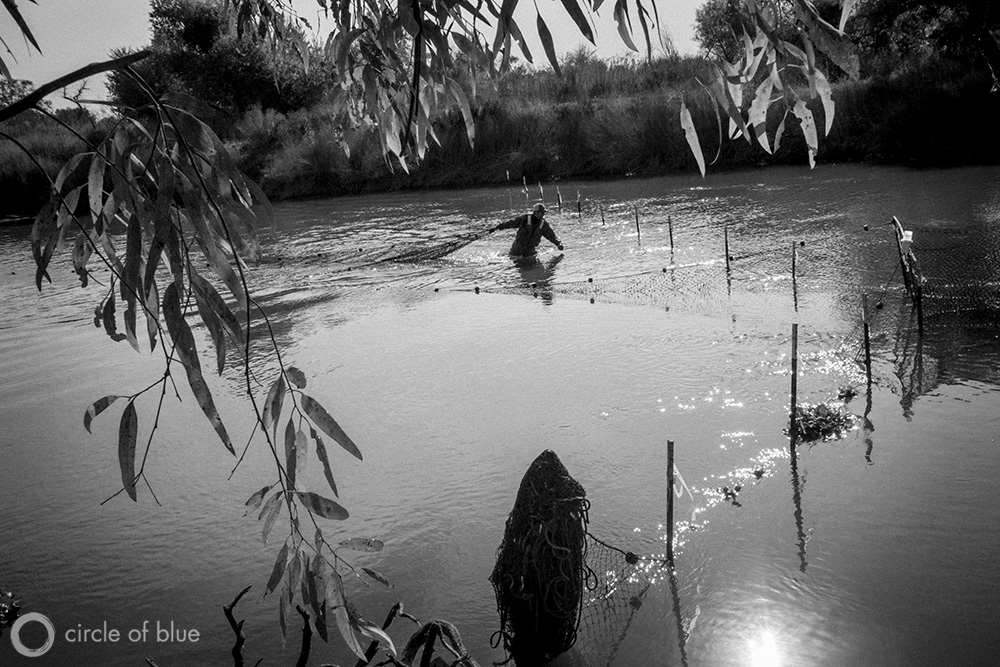
By Brett Walton
Circle of Blue
Pressured by a relentless drought that produced the lowest winter snowfall in history and shows no signs of lifting, California’s local and state government administrators are responding with emergency measures that reflect their concern that the state is actually running out of water.
“It’s hard to overstate the severity of this drought,” said Max Gomberg of the State Water Resources Control Board. “Reservoirs are depleted. Communities are out of water. Farmers are out of work. It is a dismal situation.”
“We’re at a point where we can’t count on it raining,” he added.
–Max Gomberg
State Water Resources Control Board
The most visible evidence of California’s fourth straight year of below average moisture levels begins in the mountains. Official Sierra Nevada snowpack measurements will be taken April 1. But a network of daily sensors already tells a bleak tale. Snow levels on March 26 were the lowest on record, just 8 percent of normal. If an average winter would bury a grown man head-to-toe in snow, this year he would not even get his calves wet.
Anticipating the consequences to farms, businesses and communities, the California Department of Water Resources announced earlier this month that farmers and urban water districts with contracts for state-supplied water would receive one-fifth of their full allotment. The Bureau of Reclamation, a federal agency, gave cities one-quarter of their full supply while farmers south of the Sacramento-San Joaquin Delta, the state’s hydrological switchyard and an imperiled ecosystem, learned that they would receive no federal water for a second consecutive year, the first time that has ever occurred.
Intensifying with each sunny week, the dry winter prompted local officials to make emergency investments and restrict water use.
- Santa Barbara, a wealthy coastal city, anticipates that it will need to spend $US 40 million plus $US 5 million in annual operating costs to restart its desalination plant, idle since the drought of 1991.
- The Metropolitan Water District of Southern California, a wholesaler that supplies half the state’s 38 million people, will cut deliveries to its member agencies by 10 percent.
- Lake Don Pedro, a community of 3,200 in the Sierra Nevada foothills, is slashing water use by half to avoid having its reservoir run dry.
- At least two counties — San Luis Obispo, on the central coast, and Merced, in the San Joaquin Valley — approved new ordinances that require stricter review of landowner proposals to sell groundwater to buyers outside the county boundaries.
“We’re clearly in a serious drought with no real end in sight,” said Heather Cooley, water program director at the Pacific Institute, a think tank based in Oakland, California. “We need to be thinking that this is the fourth year of potentially a 10-year drought. We need to be thinking long term.”
In an era of fiscal austerity, when most state governments are reluctant to increase spending on public infrastructure, California is investing big money in water supply. Last week, the California Legislature passed a $US 1 billion water bill, which accelerates spending that was already approved by various bonds and budgets. Some $US 137 million supports water recycling and desalination, while $US 136 million helps poor communities gain reliable drinking water service. Food banks serving counties hit hardest by the drought will receive $US 24 million, and more than $US 6 million will help the water board enforce watering restrictions.
A Struggle over the Delta
The heart of California’s water battle is the Sacramento-San Joaquin Delta, where the state’s two great rivers meet some 50 miles south of Sacramento. The delta has been a festering problem for more than three decades, but the drought has ripped the gash wider as the ecosystem and rural economies teeter for lack of water.
The delta, an estuary that is influenced by Pacific tides, is both a watershed that supports local farms and fisheries and the busiest interchange along California’s intrastate water transport system. Water that is held in northern California reservoirs for delivery to water users in the state’s southern half must pass through the delta before being pumped into state and federal canals. Diverting more water out of the delta kills federally protected fish species and increases salt levels, which harms towns and farms that draw water directly from the delta’s maze of sloughs, marshes, and canals.
California’s hydraulic machinery pits these local interests against distant benefactors. Water districts south of the delta desire more water to serve a host of powerful clients: the lucrative agriculture industry in the San Joaquin Valley which holds six of the nation’s top seven farm counties, the oil industry in Kern County, and big urban districts in Southern California, home to most of the state’s people.
The highly technical debates among state and federal agencies this winter regarding the delta — debates that involve salinity standards, fish counts, and flow requirements — underscore the desperation for water when there is little water to be had.
The water delivery restrictions imposed this year by the California Department of Water Resources (DWR) and the Bureau of Reclamation serve several purposes, which were described in a drought response plan published in December. The restrictions are intended to provide minimum amounts of cold water to salmon that spawn in late summer and enough water to sustain an endangered fish species called the Delta smelt while keeping saltwater from penetrating inland. Delta smelt populations are at all-time lows, according to DWR fish surveys.
But both DWR and Reclamation have lobbied the state water board to loosen the delta’s water quality standards so that more of the watershed’s natural flow can be diverted southward during rainstorms. Those extra flows, according to the drought plan, are to be used for drinking water, sanitation, and other human health needs.
The water board granted a partial approval of the request in February, allowing increased water exports under a low- and a high-flow scenario during February and March. Without water from the north, these southern farm districts have pumped record quantities of groundwater, causing thousands of residential wells to go dry in the San Joaquin Valley. Reclamation also successfully petitioned the U.S. Fish and Wildlife Service’s regional office in January to more than double the number of Delta smelt that can be killed by the pumps that move water to the San Joaquin Valley.
Not satisfied with partial approval of the request to modify salinity standards, the two agencies petitioned the board to allow exports during an intermediate-flow scenario. The board granted the petition this month on a case-by-case basis. The board is now reviewing a request by the agencies to extend the less-strict water quality standards through September.
Brett writes about agriculture, energy, infrastructure, and the politics and economics of water in the United States. He also writes the Federal Water Tap, Circle of Blue’s weekly digest of U.S. government water news. He is the winner of two Society of Environmental Journalists reporting awards, one of the top honors in American environmental journalism: first place for explanatory reporting for a series on septic system pollution in the United States(2016) and third place for beat reporting in a small market (2014). He received the Sierra Club’s Distinguished Service Award in 2018. Brett lives in Seattle, where he hikes the mountains and bakes pies. Contact Brett Walton

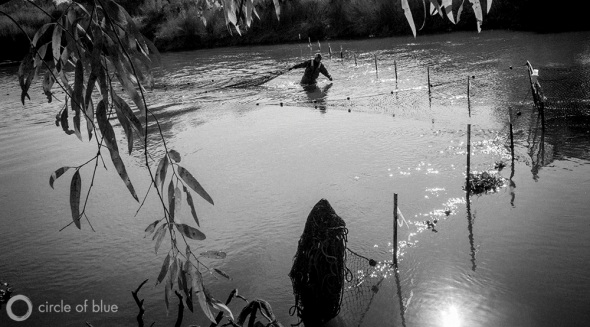

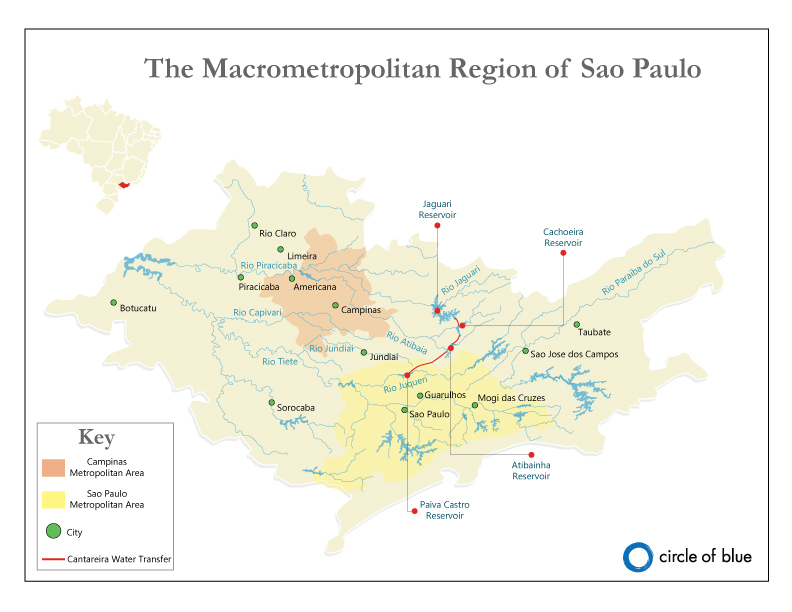
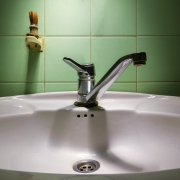
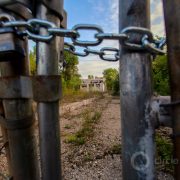
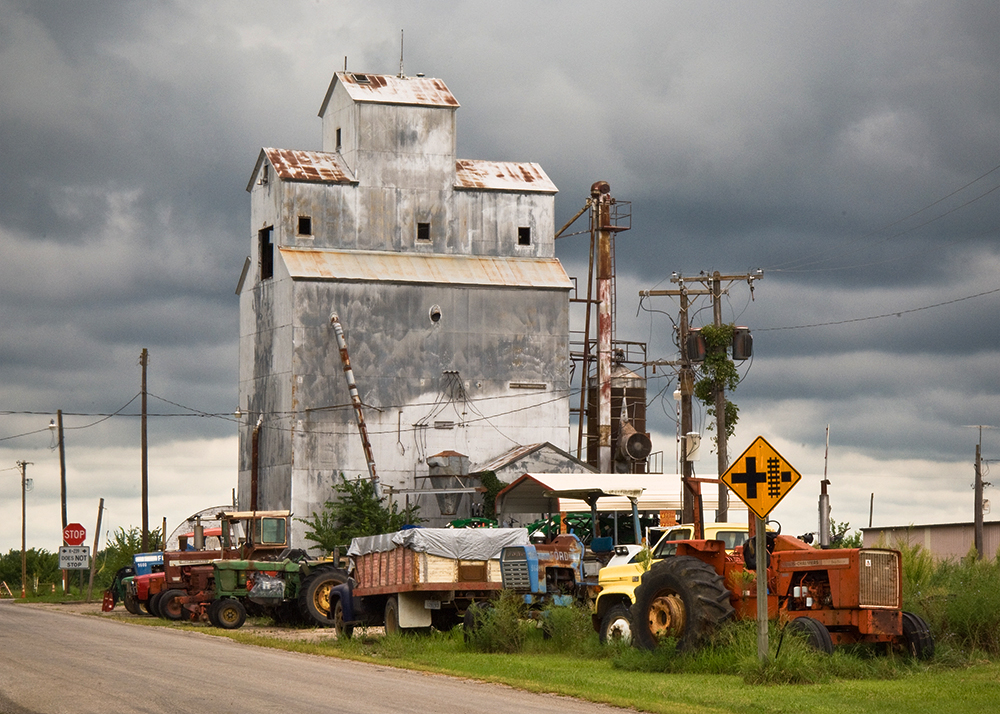
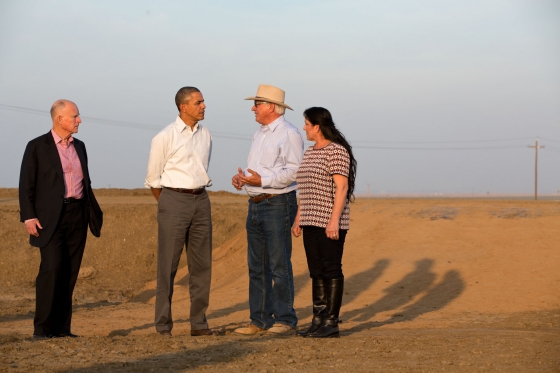



The California Governors office declared a state of emergency due to drought conditions. Yet the governors office, state departments and agencies are knowingly jeopardizing the health and safety of California citizens by poising our water supplies due to Fracking. And depleting our water supplies by expanding economic development. You can’t declare a state of emergency for water conservation to only then pump toxic chemicals into wells and expand houses, businesses, strip malls and schools with known limited water supplies. This is an outdated policy that is harming the public and needs to be fixed.
Nuclear Desalination. It’s the only way